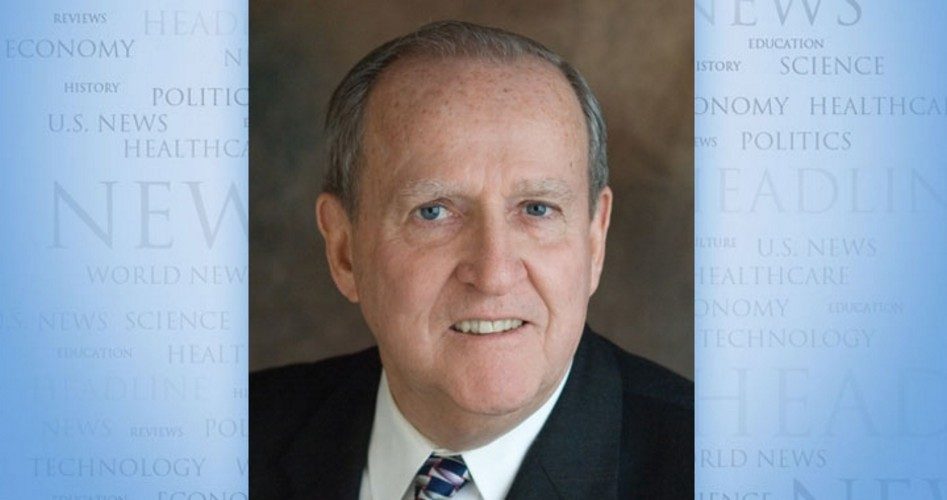
According to The Institute for College Access & Success, seven out of 10 2012 college graduates incur student loan debt. The average per indebted student totals $29,400. The required monthly payment on that burden takes $350 out of whatever salary is earned — if the graduate can find a job and earn a salary. If no job, the monthly payment must still be made. And these figures grow more burdensome every year. Default is common.
If a college graduate is weighed down with debt, he or she can’t buy an automobile, will postpone marriage, not even think about buying a starter home, and find it very difficult to borrow for a small business. Many who marry end up living in a parent’s home. So student debt has a ripple effect on the entire national economy.
Take a look at what some young people are borrowing for and be prepared to be horrified. Yes, there are some engineers, mathematicians, chemists, pre-med students, future lawyers, accountants, and others who are employable or soon will be after post-graduate study. But the number of graduates who sailed through college immersed in “soft” courses is already enormous, and it’s growing. After four years of college, no doubt with many hours consumed by partying and little real learning, many of these grads are now waiting on tables and filling other jobs that never required a college degree in the first place. But the professors who taught them aren’t hurting.
Senator Elizabeth Warren (D-Mass.) recently addressed the student debt problem by authoring legislation to lower the interest rate to at 3.86 percent, even allowing recent graduates to apply for the new rate. (She once earned upwards of $400,000 for a single year at Harvard where she taught only one class!) Democrats overwhelmingly backed her bill, but Republicans blocked passage. Then, keeping up with threats to use his ever-ready pen, would-be-emperor Barack Obama signed an executive order expanding the Pay As You Earn program (PAYE) to make it easier for young people to dig out of the hole they created for themselves. If asked, neither the president nor Senator Warren could cite constitutional authorization for federal loans to students — at any interest level.
However, a proper non-government kind of help for students does come from some companies, foundations, and others. Teaming with Arizona State University, Starbucks just announced a remarkable plan to pay the costs of an online college education for any of its 135,000 workers. Each is required only to work a minimum of 20 hours per week and, once into the program, each can continue to participate even after leaving the famous coffee house’s employ. Unlike some corporate programs, all of which are surely appreciated by those who participate, the Starbucks plan doesn’t require workers to stay with the company or study only work-related courses.
While the Starbucks plan will definitely create happy employees, the plans offered by Democratic politicians are surely designed to increase voter loyalty. As Bob Adelmann quotes Obama in his most recent article, Obama Further Inflates Student Loan Bubble, “A higher education is the single best investment that you can make in yourselves and your future, and we’ve got to make sure that investment pays off.” It is evident politicians have little difficulty finding ways to buy the votes of some with money taken from the pockets of others. The Starbucks way costs taxpayers nothing and, as usual, the politicians are eager to redistribute wealth. Karl Marx would be proud of them.
John F. McManus is president of The John Birch Society and publisher of The New American. This column appeared originally at the insideJBS blog and is reprinted here with permission.


